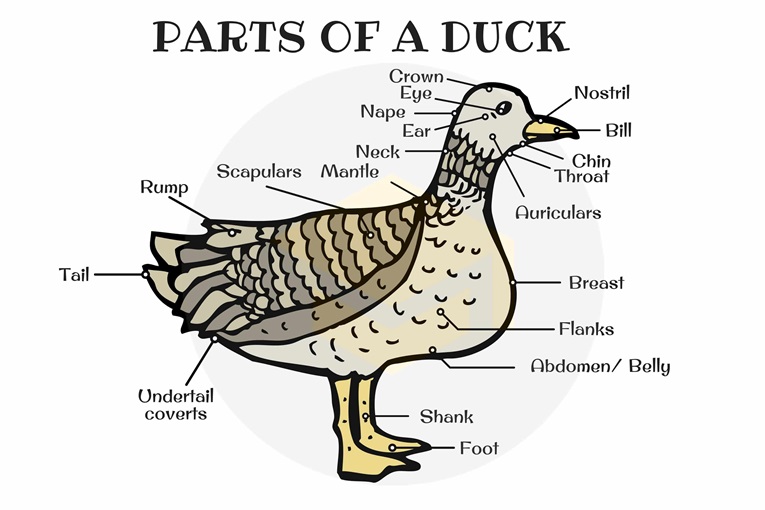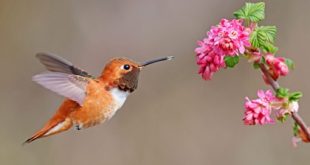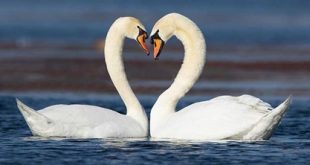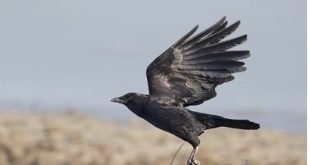Ducks are fascinating creatures that belong to the family Anatidae. They are well-adapted to both aquatic and terrestrial environments, making them versatile and efficient in their habitats. To understand these remarkable birds, let’s explore the various body parts of a duck and their functions.
A Body Parts Of Duck

1. Beak (Bill)
The beak, also known as the bill, is one of the most distinctive features of a duck. It is typically broad and flat, although the shape can vary depending on the species. Ducks use their beaks for:
- Foraging: The beak is equipped with specialized edges called lamellae, which help filter food from water. Ducks use these structures to sieve small plants, insects, and crustaceans.
- Eating: The beak’s shape and size enable ducks to scoop and manipulate food efficiently.
- Communication: Ducks produce various sounds, such as quacks and whistles, using their beaks to communicate with each other.
2. Eyes
Ducks have well-developed eyes that provide excellent vision. Positioned on the sides of their heads, their eyes allow for a wide field of view. Key functions of duck eyes include:
- Predator detection: The lateral placement of the eyes helps ducks spot predators approaching from different angles.
- Underwater vision: Ducks have a specialized nictitating membrane, or “third eyelid,” that protects their eyes and enhances vision while submerged.
- Color perception: Ducks can see in the ultraviolet spectrum, which helps them locate mates and identify food sources.
3. Head
The duck’s head houses critical sensory organs, including the eyes, ears, and beak. Functions of the head include:
- Hearing: Ducks have small, hidden ear openings located behind their eyes. Their hearing is sensitive to a wide range of frequencies, allowing them to detect sounds from potential threats and other ducks.
- Balance and coordination: The head contains the brain, which coordinates balance and movement, especially during flight and swimming.
4. Neck
The neck of a duck is flexible and elongated. Its primary functions include:
- Feeding: The long neck allows ducks to reach food in water, on land, and even in shallow mud.
- Preening: Ducks use their necks to twist and turn, enabling them to clean and align their feathers for optimal insulation and waterproofing.
- Social interaction: Neck movements are often part of courtship displays and communication among ducks.
5. Wings
Ducks have strong, well-adapted wings that enable flight. The primary functions of duck wings are:
- Flight: Ducks are excellent fliers, with many species capable of long migrations. Their wings are designed for sustained, powerful flapping.
- Swimming: While underwater, some ducks use their wings to help propel themselves.
- Display: During mating season, ducks often use their wings to perform courtship displays.
6. Feathers
Feathers are a crucial part of a duck’s anatomy, serving multiple functions:
- Waterproofing: Ducks have a special gland near the base of their tails called the uropygial gland. This gland secretes oil, which ducks spread over their feathers during preening to make them waterproof.
- Insulation: Feathers trap air close to the body, helping ducks maintain their body temperature in cold water.
- Camouflage: The coloration and patterns of duck feathers provide camouflage, helping them avoid predators.
- Flight: The structure of feathers, especially primary and secondary flight feathers, is essential for efficient flight.
7. Body (Torso)
The duck’s torso is streamlined and adapted for aquatic life. Key functions include:
- Buoyancy: Ducks have hollow bones and air sacs that help them float on water.
- Internal organs: The torso houses vital organs such as the heart, lungs, and digestive system, which are essential for survival.
- Energy storage: Ducks store fat in their bodies to use as an energy reserve during migration or periods of food scarcity.
8. Legs and Feet
Ducks have relatively short legs positioned towards the rear of their bodies. Their feet are webbed, making them excellent swimmers. Functions of the legs and feet include:
- Swimming: The webbed feet act like paddles, allowing ducks to propel themselves efficiently in water.
- Walking: Although not as graceful on land, ducks use their legs to waddle between water and feeding areas.
- Digging: Some ducks use their feet to stir up mud and uncover hidden food sources.
- Thermoregulation: Ducks can control blood flow to their feet to minimize heat loss in cold environments.
9. Tail
The tail of a duck is relatively short and pointed. It serves several important functions:
- Steering: During swimming, the tail helps ducks change direction and maintain balance.
- Courtship: In some species, males display their tail feathers to attract mates.
- Preening support: Ducks use their tails to assist in preening and spreading oil from the uropygial gland onto their feathers.
10. Bones and Skeletal Structure
Ducks have a lightweight yet sturdy skeleton that supports their active lifestyle. Key adaptations include:
- Hollow bones: These reduce weight, making flight easier.
- Keel: The large, flat bone on the duck’s chest anchors powerful flight muscles.
- Flexible joints: Ducks’ skeletal structure allows for a wide range of motion, essential for swimming, flying, and feeding.
11. Respiratory System
Ducks have a highly efficient respiratory system that supports their active lifestyle. This system includes:
- Air sacs: These provide a continuous flow of air through the lungs, allowing for efficient oxygen exchange during flight and swimming.
- Trachea: The long trachea contributes to vocalizations and enhances breathing efficiency.
12. Digestive System
Ducks have a specialized digestive system adapted for their omnivorous diet. Key components include:
- Crop: This pouch stores food temporarily before digestion.
- Gizzard: Ducks swallow small stones that lodge in the gizzard, helping grind up tough food like seeds.
- Intestines: The intestines absorb nutrients from food to fuel the duck’s activities.
13. Reproductive System
Ducks reproduce by laying eggs, and their reproductive anatomy is specialized for this purpose:
- Cloaca: Both males and females have a cloaca, which serves as the exit point for reproductive and excretory systems.
- Eggs: Female ducks lay eggs with hard shells to protect the developing embryos.
- Mating displays: Physical features such as colorful plumage and specific body movements play a role in attracting mates.
Conclusion
Each body part of a duck is uniquely adapted to enhance its survival and efficiency in diverse environments. From their specialized beaks to their webbed feet, ducks demonstrate remarkable evolutionary traits that make them successful in both water and land habitats. Understanding these features helps us appreciate the complexity and beauty of these versatile birds.


